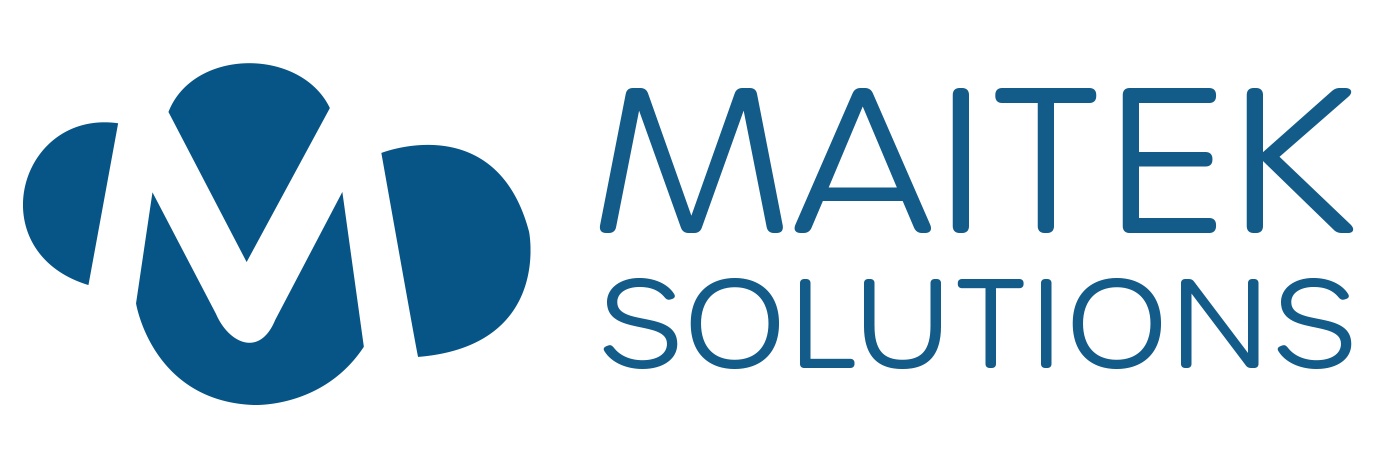The Importance of Remote Access to Critical Devices
In today’s hyper-connected world, the ability to remotely access and manage critical devices — whether in industrial control systems, healthcare environments, or enterprise IT infrastructure — is no longer a luxury. It’s a necessity. But with this convenience comes a significant responsibility: ensuring that remote access is secure.
The Rise of Remote Operations
As industries increasingly rely on digital ecosystems, remote capabilities have become vital for maintaining uptime and ensuring the integrity of mission-critical services. From dealing with errors on ATM devices to resolving issues affecting flight operations at major airports, organisations are increasingly relying on remote access to:
Monitor and control devices in real time
Perform maintenance and updates without physical presence
Respond quickly to faults or emergencies
Reduce operational costs and improve efficiency
However, as the attack surface expands, so does the risk.
The Risks of Unsecured Access
Unsecured remote access can lead to:
Unauthorised control of critical systems
Data breaches and exposure of sensitive information
Operational disruptions due to malware or ransomware
Compliance violations with industry regulations (e.g., NIS2, HIPAA, ISO/IEC 27001)
In sectors like energy, manufacturing, finance and healthcare, these risks aren’t just inconvenient—they can be catastrophic.
Why Security Must Be Built-In, Not Bolted-On
Security should be a foundational part of any remote access strategy. This includes:
Strong authentication (e.g., multi-factor authentication, role-based access)
End-to-end encryption to protect data in transit
Centralised, granular control over technician and external partner access
Audit trails and logging for accountability and compliance
Network segmentation to isolate critical devices from broader IT infrastructure
Zero Trust principles, ensuring that no user or device is trusted by default
Business Continuity and Resilience
Secure remote access isn’t just about preventing cyberattacks - it’s also about ensuring business continuity. When systems go down, the ability to securely access and troubleshoot devices remotely can mean the difference between minutes of downtime and hours of lost productivity.
Real-World Impact
Consider a manufacturing plant where a remote production line controller fails. With secure remote access:
A technician can diagnose and resolve the issue without traveling onsite
The system can be restored quickly, minimising production loss
All actions are logged, ensuring compliance and traceability
Without secure access, the delay could cost thousands in lost output - and expose the system to further vulnerabilities.
Final Thoughts
As digital transformation accelerates, secure remote access is no longer optional - it’s a strategic imperative. Organisations must invest in robust, scalable, and secure solutions that protect their critical devices while enabling agility and responsiveness.
Security isn’t just about defence — it’s about empowering safe innovation.
Since 1987, Netop has been pioneering secure remote access and support technologies for critical endpoints. Learn more or request your free trial.
